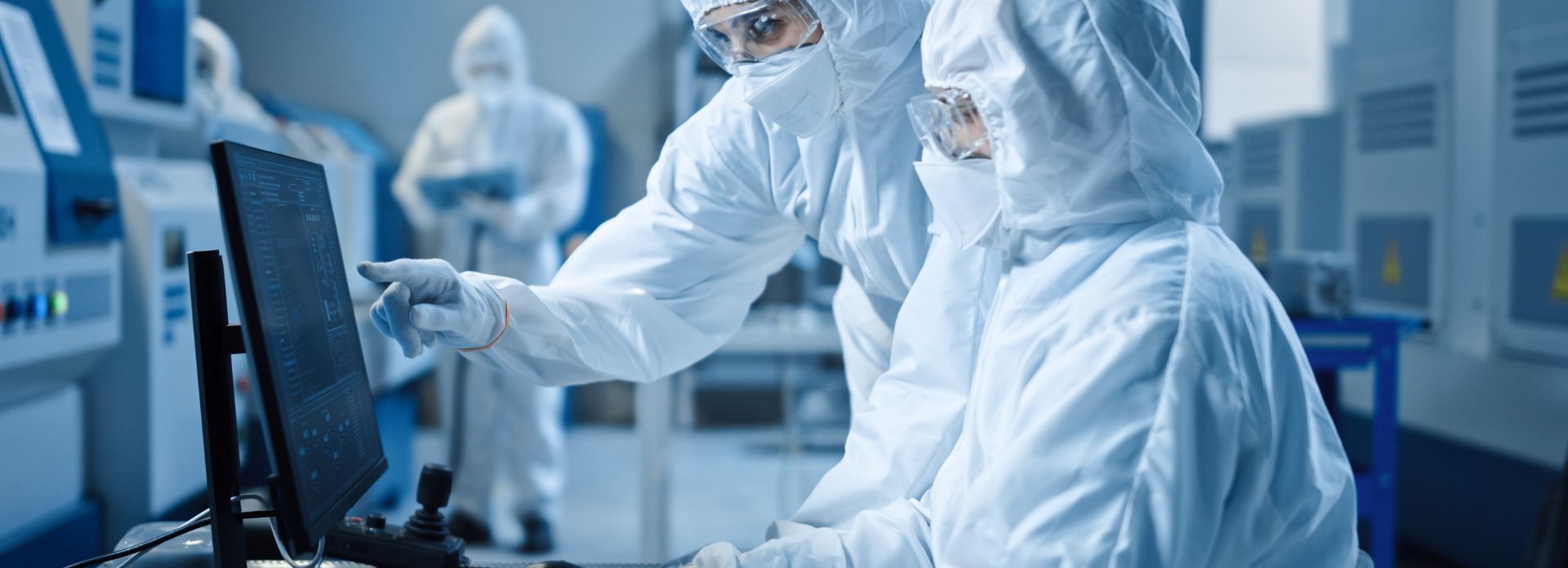DELMIA Life Sciences & Healthcare Solutions
Unlock Efficient and Sustainable Healthcare Production through Digital Transformation
Manufacture High-quality, Personalized Healthcare Products Quickly and Efficiently
Industrialization of the healthcare industry has steered market demand towards more affordable and equitable healthcare solutions. However, increasing demand for patient-centric solutions—particularly personalized medicine, companion diagnostics, delivery and wearable devices—is raising the pressure on life sciences companies to strive for more agile and efficient manufacturing. To reach this goal while effectively dealing with ever-present industry challenges such as regulatory compliance, quality issues and disruptive market events, companies need a solution to help them innovate and confidently navigate the complexities of life sciences manufacturing.
DELMIA solutions equip life sciences companies with capabilities they need to ensure the production of high-quality healthcare products with full regulatory compliance in the shortest time to market. Take a smart data-based approach to develop efficient manufacturing plans that will drive lower production costs, increased profitability and more sustainable operations. Our integrated solutions provide digital continuity from design to manufacturing and the supply chain, enabling production planning with complete eDHR records, required FDA regulatory compliance and quality management. Leading life sciences companies have used DELMIA to great effect, delivering sustainable benefits such as:
- 15-20% productivity gain
- Significant reduction in inventory
- Successful FDA audits, eDHR and full traceability
- Over 50% reduction in scrap
- Enforced process standards across manufacturing
- Accelerated time to market and shorter lead times
Learn How DELMIA Can Help You in These Industry Segments
Pharmaceuticals & Biotechnology
Medical Devices
The manufacturing of medical devices and diagnostic products has never been more complex, thanks to the growing trend for personalized healthcare. DELMIA equips medical device manufacturers with digital solutions to ensure product quality and eDHR compliance, synchronize material flows, accelerate NPIs, and support sustainable innovation and continuous improvement.
Discover our Industry Solution Experiences for Life Sciences
The transformation required by Life Sciences companies includes core shifts in business processes, strategic planning, regulatory frameworks, as well as technological solutions. They are shifting their focus to deliver superior, patient-centric, outcome-driven experiences and create the processes to support them.
Start Your Journey
The world of Life Sciences and Healthcare is changing. Discover how to stay a step ahead with DELMIA.
FAQ About Healthcare & Medical Manufacturing
Healthcare manufacturing refers to the manufacturing process specifically focused on producing medical products, including drugs, medical devices, and laboratory equipment. This type of manufacturing employs advanced technology and techniques to ensure the production of high-quality products that are safe and effective for utilization within the healthcare industry. Healthcare manufacturing finds extensive application across various domains, ranging from pharmaceutical production to the manufacturing of medical devices and laboratory equipment.
Medical manufacturing refers to the process of manufacturing medical devices, equipment, and pharmaceuticals utilized within the healthcare industry. Instances of medical manufacturing encompass:
- production of surgical and medical instruments,
- diagnostic equipment,
- medical implants,
- as well as drugs and biologics.
Additionally, medical manufacturing encompasses the production of medical supplies such as bandages and gloves.
Also Discover
Learn What DELMIA Can Do for You
Speak with a DELMIA expert to learn how our solutions enable seamless collaboration and sustainable innovation at organizations of every size.
Get Started
Courses and classes are available for students, academia, professionals and companies. Find the right DELMIA training for you.
Get Help
Find information on software & hardware certification, software downloads, user documentation, support contact and services offering

